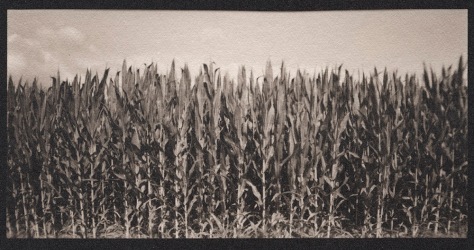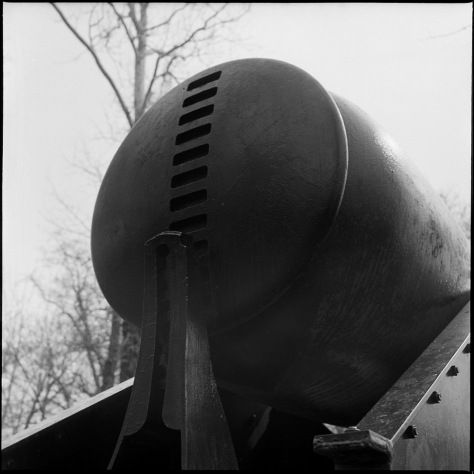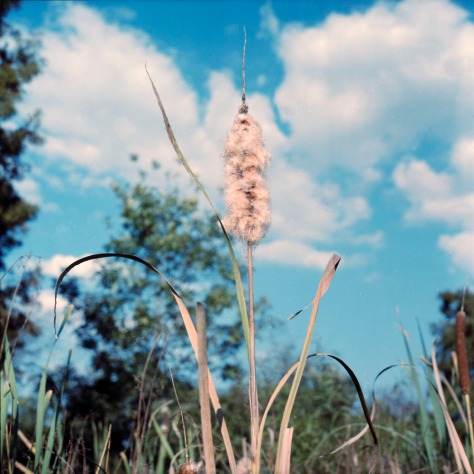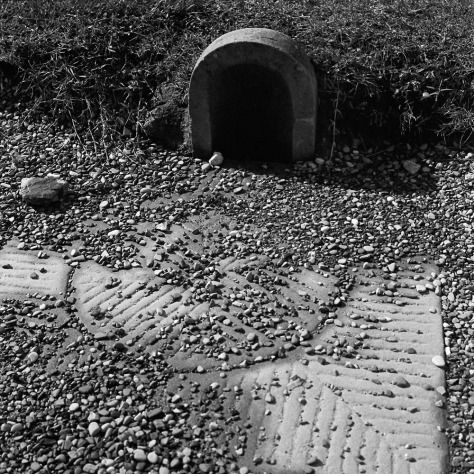Another artist interview from the Alt Process Revolution series – this one with Philip Jessup, another Canadian photographer. One of the great things about this touring show is that it brings greater visibility of Canadian photographers to the US audience – I think many US photographers are aware of many other photographers from their own country, but with the possible exception of Yusuf Karsh, most could not name a single Canadian photographer living or dead.

Tell us a bit about your photographic work:
- How did you get interested in photography?
My landscape photography is an extension of my professional work over the years advocating solutions to climate change. Many of the effects of climate change—rising sea levels, warming global temperatures, increasingly erratic precipitation patterns—are placing wilderness and communities that depend on them under unbearable stress. Many of these areas are likely to vanish, like low-lying atolls in the Pacific. I see my job as documenting such areas, so that if they do vanish or change in some unrecognizable way, humankind will remember them.
- Do you feel your work is influenced by other media/periods/genres? If so, which ones, and why?
I’ve been influenced stylistically by other landscape photographers whose work I love. Eliot Porter, who was the first landscape photographer to work extensively in color, has always inspired me, his ability to find the abstract in the real. Other photographers who work I admire include: Fay Godwin, Harry Callahan, Brett Weston, Toshio Shibata, Wynn Bullock, and the Canadian Edward Burtynski, who has taught us to find beauty even in the devastation being inflicted on the environment.
- What is your experience with analog photography? Digital photography?
All of my early work dating from 2003 was shot with medium format film, Fujifilm’s Velvia 50. I love its wide color gamut and detail. From the start, however, I had my reversal film images scanned at high resolution and then printed on a Lambda using Cibachrome and later Fujiflex media. Today I shoot with a digital camera, process the images myself, and print on my own Epson P7000. I’ve been able to achieve rich, long lasting color prints this way. I would go back to Cibachrome if the media were available. Today, I occasionally shoot using film just for the pleasure and self-discipline, but in Canada availability and processing is limited and quite expensive.
- What brought you to participate in the APR show?
I’m always interested in exploring new ways to create an image that deepens the experience of my work with the viewer. Multiple gum over palladium produces a highly subjective final print that feels to me like a memory or a remembrance of something that is past or lost. The theme of my own work, which is trying to capture the beauty of landscapes and communities that may vanish, is a good match for this process. I also like the extreme longevity of these images. Again, it is a good match for my own goal, which is to memorialize imperiled landscapes so future generations won’t forget.
- Do you see a continuing role in your photography practice for alternative processes?
I’m keen to explore the potential of alt processes to emotionally charge the images I place in front of the viewer. The exhibit at Glen Echo is the first step.














































